In March 2022, the Hubble Space Telescope discovered the most distant star ever seen in the universe.
The star 12.9 billion years ago
Now, the James Webb Space Telescope (JWST) has captured a more detailed image of this ancient celestial body, revealing it to be a massive B-type star, more than twice as hot as the sun and about a million times brighter. The star is called WHL0137-LS – nicknamed Earendel – and is located in the Sunrise Arc galaxy.
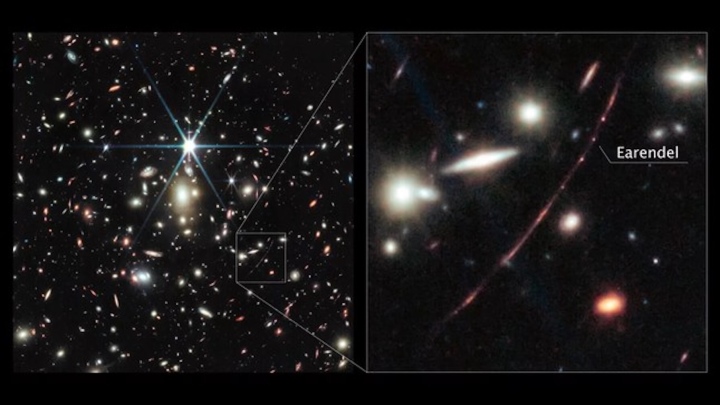
A massive galaxy cluster (left) magnifies the light of the most distant known star in the universe (right). (Image: NASA, ESA, CSA, D. Coe.)
The light we are currently detecting from Earendel began its journey from the star 12.9 billion years ago, meaning the star began emitting its rays less than a billion years after the Big Bang. Earendel is currently located 28 billion light-years from Earth.
According to a statement from NASA, telescopes were able to spot this extremely distant star due to its position behind “a wrinkle in space-time” created by a massive galaxy cluster that is bending and magnifying Earendel's light through a phenomenon called gravitational lensing.
"The galaxy cluster, located between Earth and Earendel, is so large that it warps the fabric of space, creating a magnifying effect that allows astronomers to peer through the cluster like a magnifying glass," the statement said.
Looking through the lens, scientists captured the reddish rays of light emanating from Earendel, as well as a kaleidoscope of star clusters in the Sunrise Arc. The small dots on either side of Earendel are two images of another ancient star cluster estimated to be at least 10 million years old. The image also revealed what may be a cooler, redder cosmic companion star orbiting Earendel.
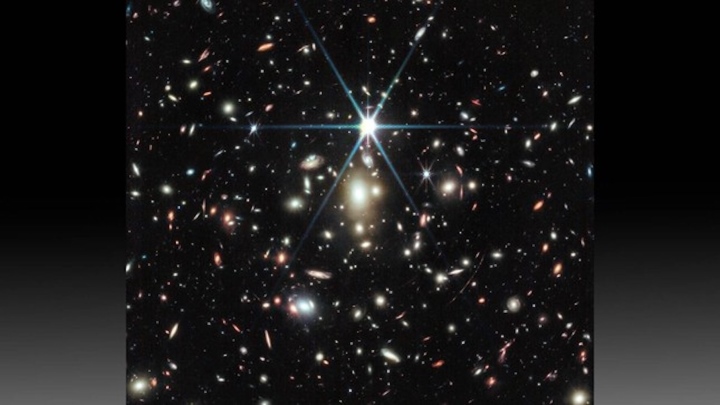
Image from the James Webb Space Telescope of the giant galaxy cluster WHL0137-08. (Photo: NASA)
The James Webb Space Telescope's primary mirror is six times brighter than the Hubble Space Telescope, allowing it to capture longer, dimmer wavelengths of light. This technology has helped make countless discoveries about our universe in its first year of operation - from the spiral "Ghost Galaxy" 32 million light-years from Earth to the discovery of carbon-based molecules in the Orion Nebula.
Scientists have also discovered other distant stars in the universe, but Earendel remains the most distant star on record.
(Source: Tien Phong/Live Science)
Useful
Emotion
Creative
Unique
Wrath
Source








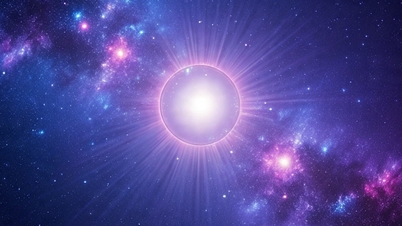


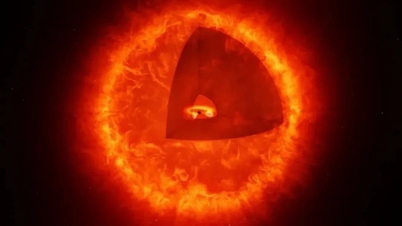

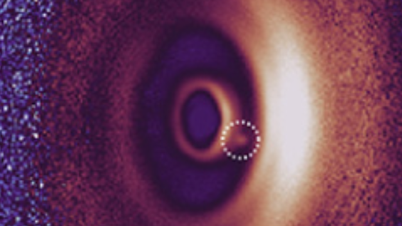


















































































Comment (0)